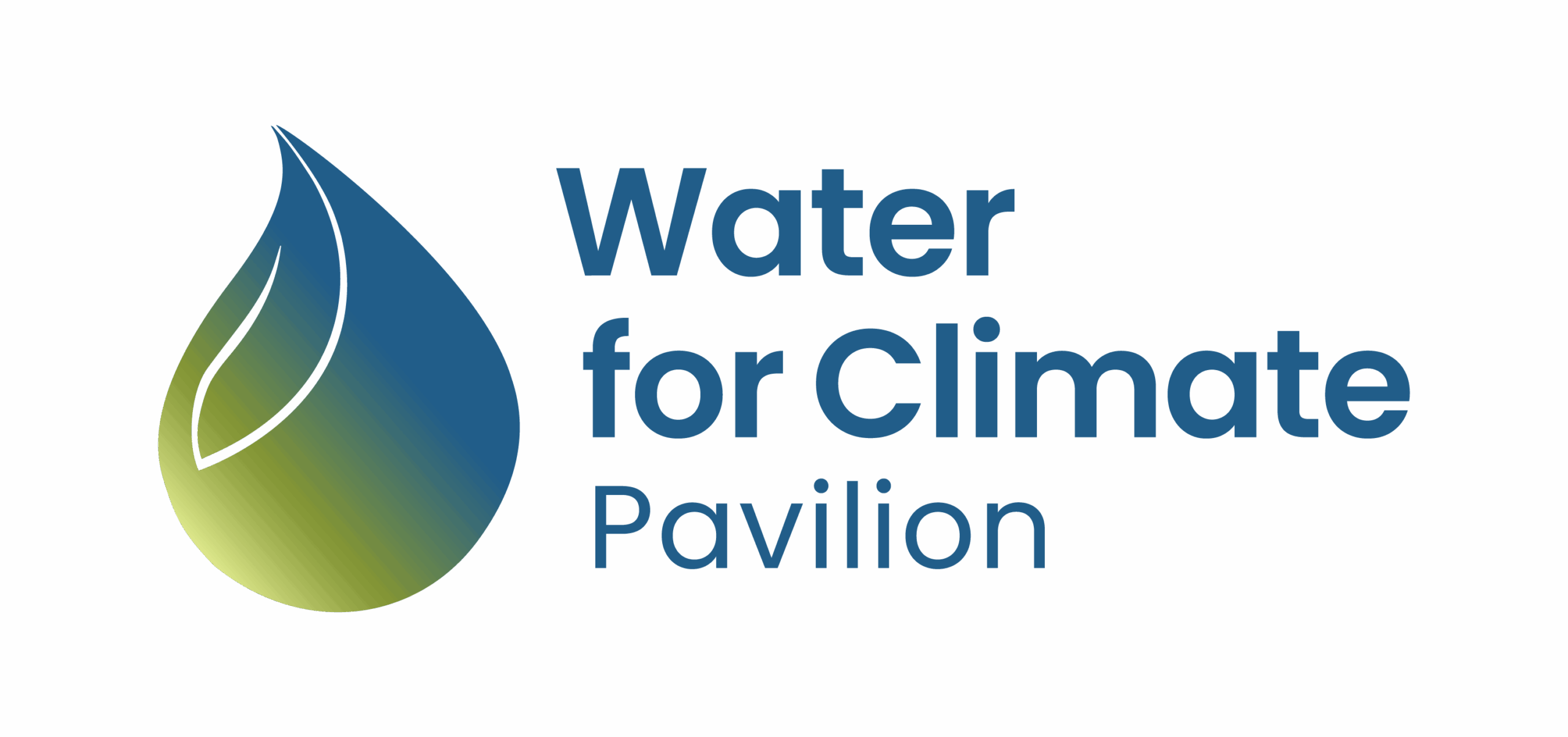Peace initiatives on water and climate: looking back and moving forward
November 13, 2025 4:15 pm - 17:15Panel discussionPeace, Security, and Health
This session will explore the links between water, environment, and peace, highlighting how cooperation around shared water resources can advance stability and resilience in a changing climate. Through examples from ongoing initiatives, speakers will reflect on progress made and outline pathways for scaling solutions that bridge climate action, environmental sustainability, and peacebuilding. The discussion will demonstrate that effective climate action is inseparable from water security and that achieving resilience requires addressing the realities of conflict-affected and fragile settings.
There will be two dedicated sessions on the interlinkages between Water, Peace and Health. This being the first and the second being: Stability and peacebuilding – a role for water diplomacy and climate action?
Deltares | Geneva Water Hub | Stockholm International Water Institute
